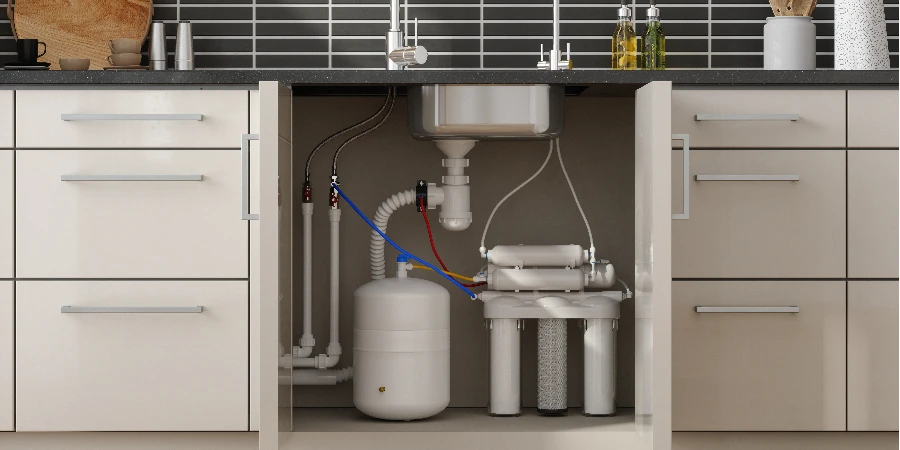In the quest for clean drinking water, the significance of water purifiers cannot be overstated. With a myriad of options available, making an informed decision requires understanding the nuances of these essential household machines. This article delves into the five critical aspects of water purifiers, offering insights into the technology, health benefits, maintenance requirements, cost, and environmental impact. Our aim is to equip you with the knowledge to choose a water purifier that suits your needs and preferences.
Table of Contents:
– Understanding water purification technology
– Health benefits of using a water purifier
– Maintenance and care for longevity
– Evaluating the cost: upfront and operational
– The environmental impact of water purifiers
Understanding water purification technology
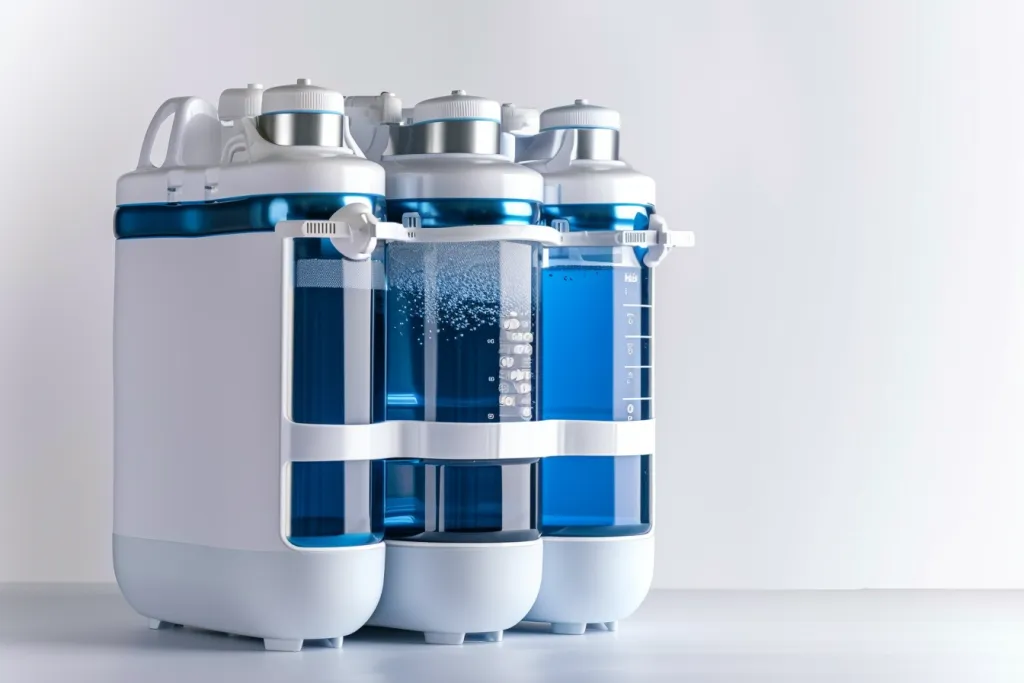
Water purification technology has advanced significantly, offering various methods to ensure safe drinking water. Reverse osmosis (RO), ultraviolet (UV) purification, and ultrafiltration (UF) are among the most popular techniques. Each method has its unique mechanism of action. RO systems, for example, use a semi-permeable membrane to remove contaminants, whereas UV purifiers use UV light to kill bacteria and viruses without altering the water’s taste or odor. UF, on the other hand, employs a membrane similar to RO but with larger pores, allowing it to remove suspended solids without electricity. Understanding these technologies is crucial in selecting a water purifier that meets your specific needs.
The effectiveness of these technologies varies depending on the quality of input water. For instance, RO purifiers are highly effective in areas with high TDS levels, making them suitable for hard water treatment. Conversely, UV purifiers are ideal for regions where microbial contamination is a concern but the TDS level is within acceptable limits. It’s essential to test your water quality before deciding on the purification technology that best suits your requirements.
Innovation in water purification technology continues to evolve, with newer systems designed to conserve water, enhance purification efficiency, and even remineralize water to add essential minerals lost during the purification process. These advancements not only improve the quality of purified water but also contribute to sustainable water management practices.
Health benefits of using a water purifier
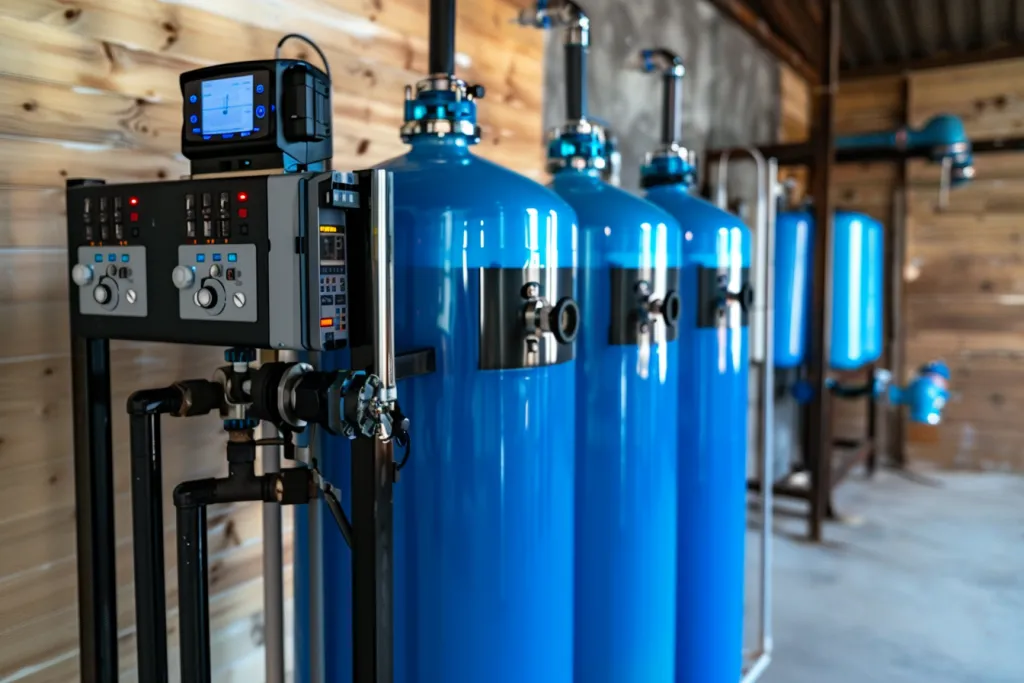
The primary purpose of a water purifier is to provide safe and clean drinking water, free from contaminants such as bacteria, viruses, heavy metals, and chemical pollutants. Drinking purified water significantly reduces the risk of waterborne diseases, which is especially important in areas where water quality cannot be guaranteed. Moreover, purified water is essential for children, the elderly, and individuals with compromised immune systems, as they are more susceptible to health issues arising from contaminated water.
Beyond removing harmful contaminants, advanced water purifiers also retain essential minerals in the water, ensuring that the water is not just safe but also healthy. Some purifiers are equipped with mineral cartridges that add back minerals lost during the RO purification process, thereby maintaining the right balance of essential minerals like calcium and magnesium in the water. This aspect of water purification is crucial for overall health, as these minerals support vital bodily functions.
Furthermore, the taste and odor of water are significantly improved with purification, encouraging increased water consumption. Staying hydrated with clean, tasteless, and odorless water is vital for physical health, aiding in digestion, nutrient absorption, and detoxification processes. Thus, investing in a water purifier is a step towards ensuring the well-being of yourself and your loved ones.
Maintenance and care for longevity
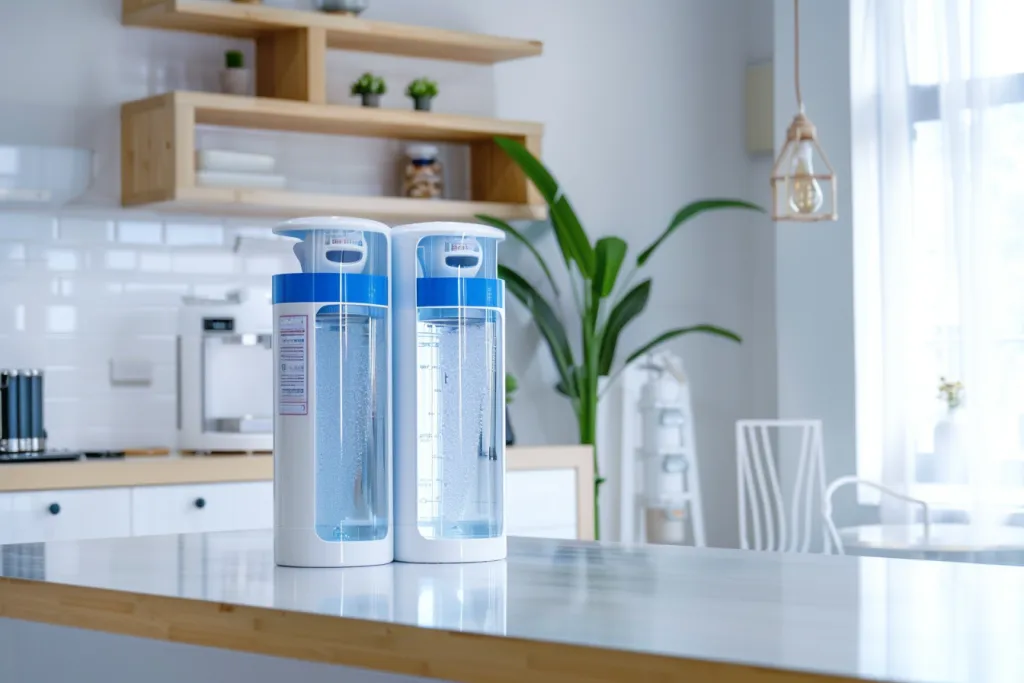
Maintaining a water purifier is essential for its efficiency and longevity. Regular maintenance ensures that the purifier continues to provide high-quality drinking water and operates at optimal performance. The maintenance requirements vary depending on the type of purifier. For instance, RO and UF systems typically require periodic replacement of their filters and membranes, whereas UV purifiers need regular bulb replacements.
It’s advisable to follow the manufacturer’s guidelines on maintenance schedules and to use genuine replacement parts to avoid compromising the purifier’s performance. Additionally, cleaning the storage tank and the exterior of the purifier regularly prevents the buildup of dust and contaminants.
Proactive maintenance not only extends the life of the water purifier but also ensures that the quality of purified water remains consistent. Neglecting maintenance can lead to reduced purification efficiency, higher operational costs, and potential health risks from drinking contaminated water. Therefore, investing time and resources in the care of your water purifier is integral to its functionality and your health.
Evaluating the cost: upfront and operational
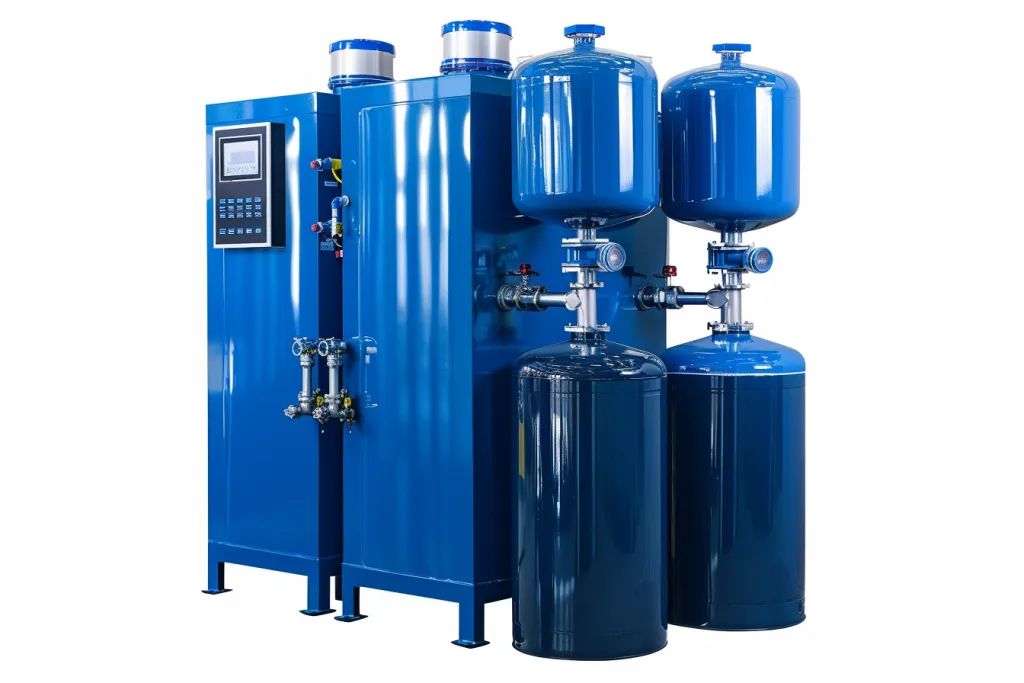
The cost of water purifiers varies widely, influenced by the purification technology, brand, capacity, and additional features. While the initial investment may seem substantial, it’s important to consider the long-term benefits of having access to clean and safe drinking water. Evaluating the cost involves not only looking at the upfront price but also considering the operational and maintenance expenses over the purifier’s lifespan.
RO systems, for example, tend to be more expensive initially and have higher maintenance costs due to the need for frequent filter replacements. However, their effectiveness in removing a wide range of contaminants makes them a worthwhile investment for those living in areas with poor water quality. On the other hand, UV purifiers have lower upfront and operational costs but are less effective in areas with high TDS levels.
It’s also worth considering the cost savings from reduced bottled water purchases and the potential health care savings from avoiding waterborne diseases. Ultimately, the choice of water purifier should be based on a balance between cost, effectiveness, and your specific water purification needs.
The environmental impact of water purifiers

The environmental aspect of water purifiers is a growing concern, with issues such as water wastage and disposal of used filters coming to the forefront. RO purifiers, in particular, are known for their high water wastage, as they discharge a significant amount of water as reject water. However, some models are designed to minimize water wastage, and the reject water can be repurposed for non-drinking uses, such as cleaning and gardening, thereby mitigating the environmental impact.
The disposal of used filters and membranes also poses an environmental challenge. It’s important to follow proper disposal methods and to opt for purifiers with recyclable or eco-friendly components. Additionally, choosing a water purifier with a long lifespan reduces environmental waste from frequent replacements.
By considering the environmental impact of water purifiers, consumers can make more sustainable choices that align with their values and contribute to the conservation of our planet’s resources.
Conclusion:
Selecting the right water purifier is a decision that impacts not only the health and well-being of individuals but also the environment. By understanding the various aspects of water purification technology, health benefits, maintenance requirements, costs, and environmental considerations, consumers can make informed choices. Investing in a water purifier is a step towards ensuring access to safe drinking water, a fundamental necessity for a healthy life.
